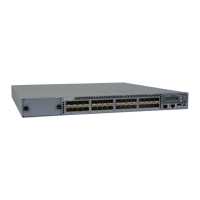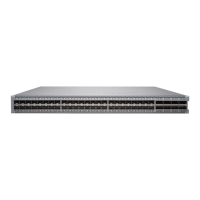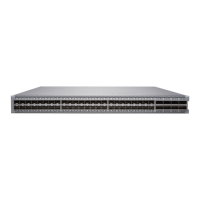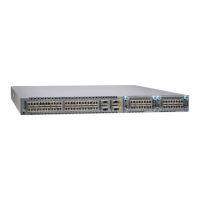Action To view events in the J-Web interface, select Monitor > Events and Alarms > View Events.
Apply a filter or a combination of filters to view messages. You can use filters to display
relevant events. Table 92 on page 276 describes the different filters, their functions, and
the associated actions.
To view events in the CLI, enter the following command:
show log
Table 92: Filtering System Log Messages
Your ActionFunctionField
To specify events recorded in a particular
file, select the system log filename from
the list—for example, messages.
Select Include archived files to include
archived files in the search.
Specifies the name of a system log file for
which you want to display the recorded events.
Lists the names of all the system log files that
you configure.
By default, a log file, messages, is included in
the /var/log/ directory.
System Log File
To specify events generated by a process,
type the name of the process.
For example, type mgd to list all messages
generated by the management process.
Specifies the name of the process generating
the events you want to display.
To view all the processes running on your
system, enter the CLI command show system
processes.
For more information about processes, see the
Junos OS Installation and Upgrade Guide.
Process
To specify the time period:
• Click the Calendar icon and select the
year, month, and date—for example,
02/10/2007.
• Click the Calendar icon and select the
year, month, and date—for example,
02/10/2007.
• Click to selectthe time in hours, minutes,
and seconds.
Specifies the time period in which the events
you want displayed are generated.
Displays a calendar that allows you to select
the year, month, day, and time. It also allows
you to select the local time.
By default, the messages generated during the
last one hour are displayed. End Time shows
the current time and StartTime shows the time
one hour before End Time.
Date From
To
To specify events with a specific ID, type
the partial or complete ID—for example,
TFTPD_AF_ERR.
Specifies the event ID for which you want to
display the messages.
Allows you to type part of the ID and completes
the remainder automatically.
An event ID, also known as a system log
message code, uniquely identifies a system log
message. It begins with a prefix that indicates
the generating software process or library.
Event ID
Copyright © 2017, Juniper Networks, Inc.276
EX4300 Switch Hardware Guide

